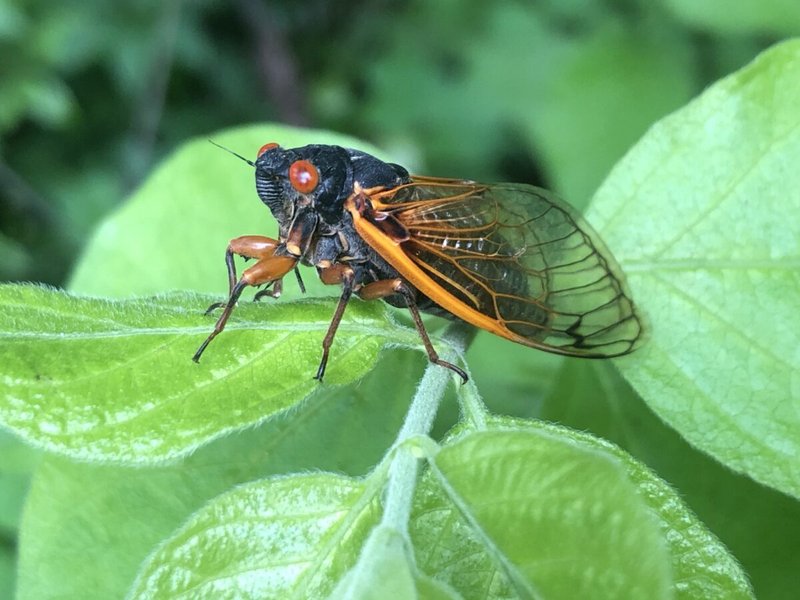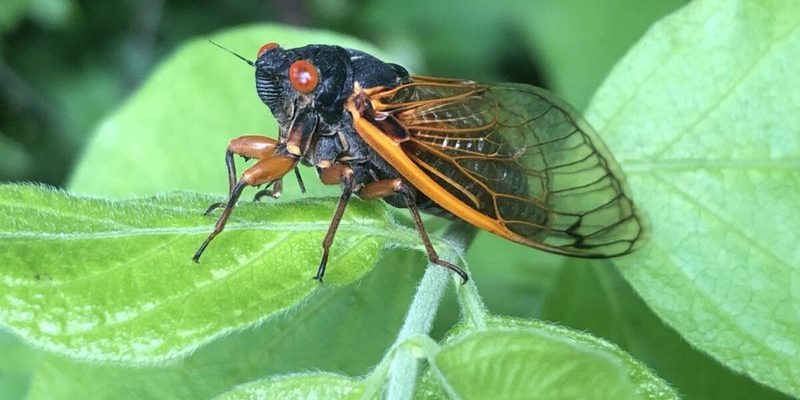
Let’s sit down and sip coffee while we dig into some of these common myths. Imagine we’re in a cozy café, chatting about these amazing insects that seem to emerge after years of silence, only to sing their hearts out for a few weeks. By unraveling these myths, we’ll better appreciate cicadas and the unique lives they live.
Myth 1: Cicadas Are Just Pests
You might be surprised to learn that cicadas are often labeled as mere pests. Yes, they make a lot of noise, but they also play a vital role in our environment. Think of them as nature’s way of producing a symphony. Their songs help attract mates but also signal to other species in the area. This communication is essential for maintaining the balance of local ecosystems.
Cicadas also contribute to soil health. When they die, their bodies decompose and provide nutrients to the soil, acting like little organic fertilizers. Plus, they serve as food for various animals, including birds, small mammals, and even other insects. When you consider their impact, it’s clear that cicadas do a lot more than just buzz annoyingly.
Myth 2: All Cicadas Emerge Every Year
You might be wondering about the timing of cicada life cycles. It’s a common misconception that they all emerge every year. In reality, cicadas have different life cycles—some emerge yearly, while others take years, even decades, to make their appearance.
For example, periodical cicadas, like the famous Brood X, emerge every 17 years. During their time underground, they are busy feeding on tree roots. Then, when conditions are just right, they make a grand entrance, filling the air with their unmistakable sound. It’s a fascinating phenomenon that showcases their resilience and adaptability. So, while we might see some cicadas annually, others prefer to keep us guessing!
Myth 3: Cicadas Can Harm Trees
Another common myth is that cicadas are harmful to trees. You might picture them as tiny chainsaws gnawing away at branches. While it’s true that female cicadas lay their eggs in tree branches, this process doesn’t typically harm the tree in a harmful way.
After laying eggs, the female cicada makes a slit in the bark. This can cause slight damage, but healthy trees usually recover quickly. In fact, cicadas are a natural part of tree life cycles. In some cases, their emergence can even stimulate new growth in trees, as they become a food source for birds and other animals. So, the next time you see a cicada buzzing around a tree, remember that it’s likely just passing through, not causing any harm.
Myth 4: All Cicadas Sing the Same Way
As we sit and listen to cicadas on a summer evening, you might think they all sound pretty much the same. But here’s the thing: cicadas have a rich diversity of calls that vary by species. Just like how different singers have unique voices, cicadas each have their own *song*.
Cicadas use a specialized organ called a tymbal, which produces their characteristic noise. Some cicadas have a high-pitched trill, while others might create a deeper, buzzing sound. These variations not only help attract mates but also allow each species to stand out in a crowded soundscape. So, the next time you hear cicadas, take a moment to appreciate the variety of their symphony.
Myth 5: Cicadas Only Appear in Summer
It’s easy to think that cicadas only appear during the hot, sunny days of summer, but that’s not entirely true. While many people associate them with summertime, cicadas can actually be found throughout the year, depending on the species.
Some species emerge early in the spring, while others wait until late summer or even fall. Their unique life cycles often depend on temperature and environmental conditions. Even in winter, some cicadas are hidden away underground, anticipating their next emergence when the weather warms up. So, don’t be surprised if you spot a cicada earlier or later than expected!
Myth 6: Cicadas Are Dangerous to Humans
You might be concerned about cicadas, thinking they could be harmful to humans. But here’s the good news—cicadas are harmless to us. They don’t sting, bite, or carry diseases. Instead, they’re focused on finding mates and contributing to the ecosystem.
If anything, cicadas can remind us of nature’s wonders. Some adventurous folks even eat them! In various cultures, cicadas are considered a delicacy, packed with protein and flavor. So, while they’re not likely to pose any danger, they can surprise you in pleasant ways—if you’re willing to taste what nature has to offer!
Myth 7: Cicadas Are the Same as Locusts
You might hear the terms “cicada” and “locust” thrown around interchangeably, but they’re not the same! While both are part of the same insect family, they come from different subfamilies.
Cicadas are known for their unique life cycles and loud songs, while locusts are actually grasshoppers that can change behavior and become swarming pests in certain conditions. Unlike cicadas, locusts can cause significant agricultural damage when they gather in large numbers. So, while they might share a habitat, cicadas and locusts are as different as apples and oranges.
Understanding cicadas helps us appreciate these remarkable insects beyond the myths. They’re not just noisy pests; they play essential roles in our ecosystems. From their unique life cycles to their diverse sounds, cicadas are fascinating creatures that deserve our attention and respect.
So, the next time you hear that chorus of buzzing in the summer air, remember—there’s more to cicadas than meets the eye. Let’s embrace their presence and all the beauty they bring to our world. Whether they’re annoying or charming, cicadas are truly one of nature’s wonders!

